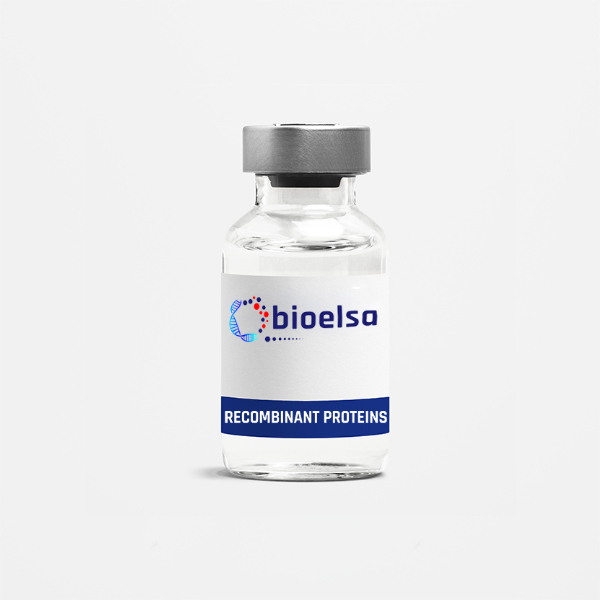
| Gene ID | N/A |
| Accession | NM_001007798 |
| Alternative Name | AT; ATK; BPK; XLA; IMD1; AGMX1; PSCTK |
| Species | Rat |
| Source | Insect cells |
| Description | BTK (also known as Bruton tyrosine kinase) plays a crucial role in B-lymphocyte differentiation and activation. BTK interacts with SRC homology 3 domains of FYN, LYN and HCK that are activated upon stimulation of B- and T-cell receptors .Defects in the BTK gene cause Agammaglobulinemia, an X-linked immunodeficiency characterized by failure to produce mature B lymphocyte cells and associated with a failure of Ig heavy chain rearrangement. The unique role of BTK makes it a desirable target for potential anti-cancer, anti-inflammatory and anti-viral agents as well as other treatments . |
| Accession | NM_001007798 |
| Functions | The specific activity of BTK was determined to be 66 nmol /min/mg as per activity assay protocol. |
| Formulation | 50mM sodium phosphate, pH 7.0, 300mM NaCl, 150mM imidazole, 0.1mM PMSF, 0.25mM DTT, 25% glycerol. |
| Solubility | N/A |
| Appearance | Liquid |
| Molecular Weight | 105 |
| Purity | 70% - 90% |
| Shipping Condition | Dry Ice |
| Storage Condition | Store product at ?70?C. For optimal storage, aliquot target into smaller quantities after centrifugation and store at recommended temperature. For most favorable performance, avoid repeated handling and multiple freeze/thaw cycles. |